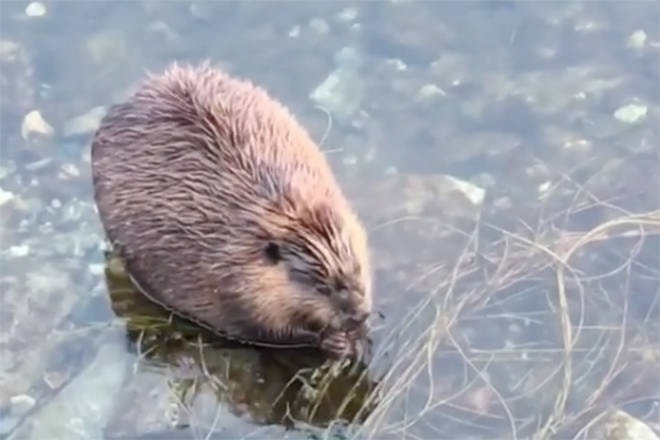When it comes to beaver management in Chilliwack, council is ready to formalize its practices.
Beaver activity can cause flooding and drainage problems. Blocked culverts can damage roads. Dikes can be weakened by burrowing, leading to flooded public and private lands.
These issues were raised in the April 3 staff report, ‘Managing the Activities of Beavers’ presented at city hall by operations director Glen MacPherson.
“It is important to manage the activities of beavers to protect private property, municipal infrastructure and to protect public safety,” reads the report.
With hundreds of kilometres of open watercourses across Chilliwack, there can be “a resident beaver” every square kilometre, he noted.
“We have some good beaver habitat in the city,” MacPherson said, adding that provincial guidelines show that beavers are “greatly under harvested.”
City of Chilliwack follows best practices for beaver management in accordance with federal and provincial legislation, similar to the approach taken by other B.C. communities, but it is ready to create a policy to provide direction for city staff.
“Significant costs are incurred in clearing these obstructions and repairing damage,” according to the staff report.
Beavers can rebuild a dam overnight that has been removed. But balance is required in its approach.
“Managing the activities of wildlife must reflect a balanced approach to protecting public infrastructure and private property, public safety and the environment,” stated the report.
Any trapping to remove nuisance beavers is used as an absolute last resort.
Management follows a series of co-ordinated and progressive steps, starting with “monitoring” and then: tree wrapping; dam removal by hand; removal of debris/blockage; and finally, mechanical dam removal.
“When no other effective means of preventing or controlling the potential damage or risk to public safety due to the activities of beavers is available, they may be removed by trapping.”
A provincially licensed trapper must be employed.
“In order to manage and protect City and private infrastructure and in the interest of public safety, staff have prepared Draft Policy Directive F-19 ‘Managing the Activities of Beavers’, which formalizes current practices in accordance with provincial guidelines,” according to the staff report.
Council approved the policy.
READ MORE: Mountain Beaver talk
READ MORE: South Pender problems
@CHWKjourno
jfeinberg@theprogress.com
Like us on Facebook and follow us on Twitter.
